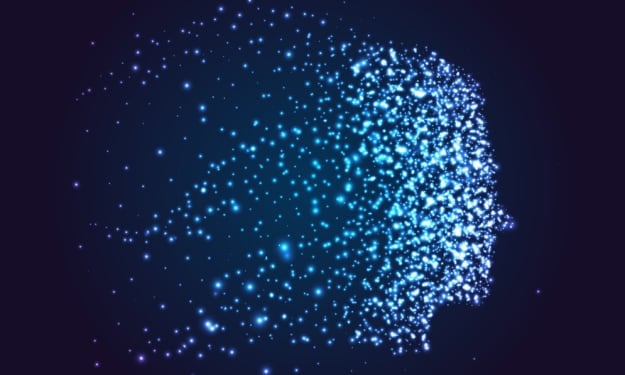The role of human DNA
the role of human DNA is vast and essential for the development in humans

DNA, or deoxyribonucleic acid, is a molecule that contains the genetic instructions for the development, functioning, growth, and reproduction of all known living organisms. In humans, DNA is organized into structures called chromosomes, which are located within the nucleus of each cell. The human genome, which is the complete set of DNA in a human organism, contains approximately 3 billion base pairs of nucleotides.
The role of human DNA is multifaceted and fundamental to various aspects of life:
1. Genetic Information Storage: One of the primary roles of DNA is to store genetic information. This information is encoded in the sequence of nucleotides, which are the building blocks of DNA. The sequence of nucleotides forms genes, which are segments of DNA that contain the instructions for making specific proteins. These proteins are essential for the structure, function, and regulation of the body's cells, tissues, and organs.
2. Inheritance: DNA contains the hereditary information that is passed from parents to offspring. When organisms reproduce, they pass on copies of their DNA to their offspring, ensuring that genetic traits are inherited across generations. This process of inheritance allows for the transmission of traits such as eye color, blood type, and susceptibility to certain diseases from parents to their children.
3. Protein Synthesis: DNA serves as a template for the synthesis of proteins, which are the molecular machines responsible for carrying out most of the work in cells. The process of protein synthesis involves two main steps: transcription and translation. During transcription, the DNA sequence of a gene is copied into a molecule called messenger RNA (mRNA). This mRNA molecule then travels to the ribosomes, where it serves as a template for the synthesis of a specific protein through the process of translation.
4. Gene Expression: Gene expression refers to the process by which the information encoded in DNA is used to direct the synthesis of proteins. Gene expression is tightly regulated and can be influenced by various factors, including environmental cues and cellular signals. Different cells in the body express different sets of genes, allowing them to perform specialized functions. For example, cells in the pancreas express genes involved in the production of insulin, while muscle cells express genes involved in muscle contraction.
5. Cellular Differentiation: DNA plays a crucial role in cellular differentiation, which is the process by which cells become specialized for particular functions. During development, cells undergo changes in gene expression patterns that determine their fate and function. This process is controlled by interactions between the DNA sequence and regulatory molecules called transcription factors. By regulating gene expression, DNA helps to generate the diverse array of cell types found in the human body.
6. DNA Replication: DNA replication is the process by which a cell makes copies of its DNA before cell division. This ensures that each daughter cell receives a complete set of genetic information. DNA replication is a highly accurate process, but errors can occasionally occur, leading to mutations. These mutations can alter the sequence of DNA and may have consequences for gene function and phenotype.
7. Genetic Variation: DNA is subject to variation both within and between populations. Genetic variation arises from a combination of factors, including mutations, genetic recombination, and gene flow. This variation is the raw material for evolution, allowing populations to adapt to changing environments over time. Genetic variation also underlies differences in traits among individuals, such as height, skin color, and susceptibility to disease.
8. Disease: Mutations in DNA can lead to the development of genetic diseases and disorders. These mutations can disrupt the normal functioning of genes, leading to abnormal protein synthesis or altered gene expression patterns. Genetic diseases can be inherited from one or both parents or can arise spontaneously due to new mutations. Examples of genetic diseases include cystic fibrosis, sickle cell anemia, and Huntington's disease.






Comments
There are no comments for this story
Be the first to respond and start the conversation.